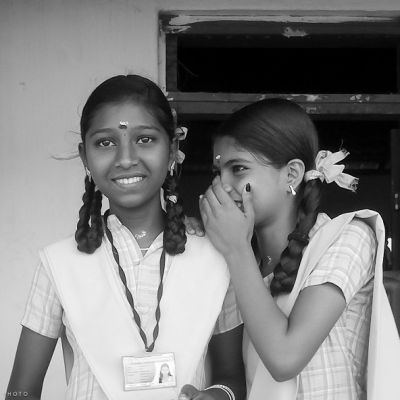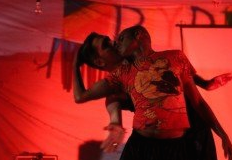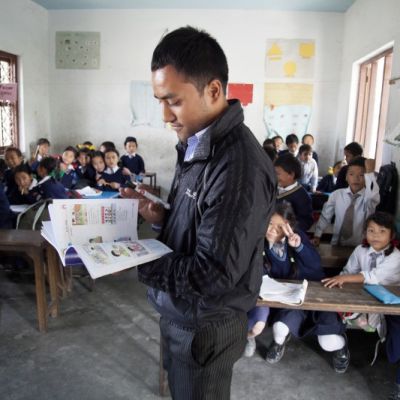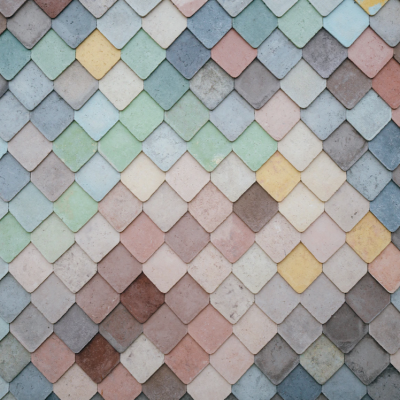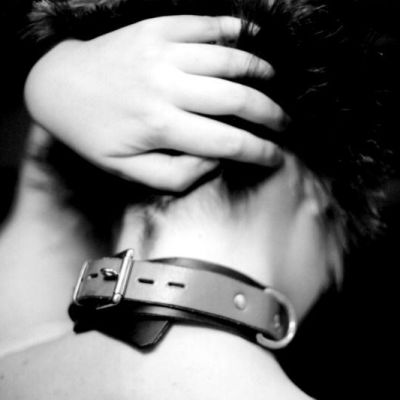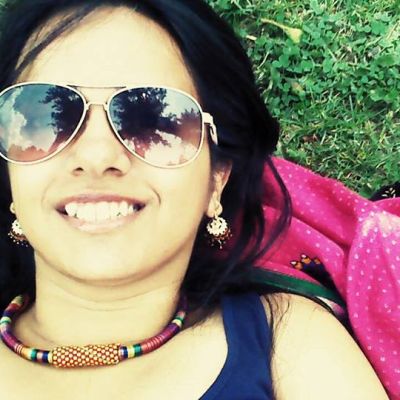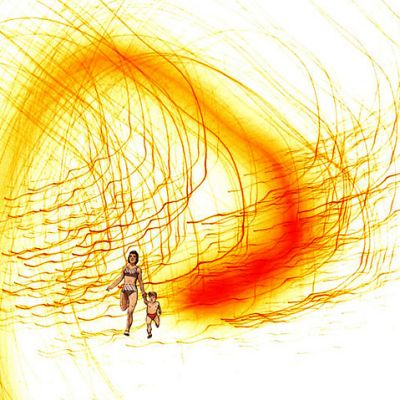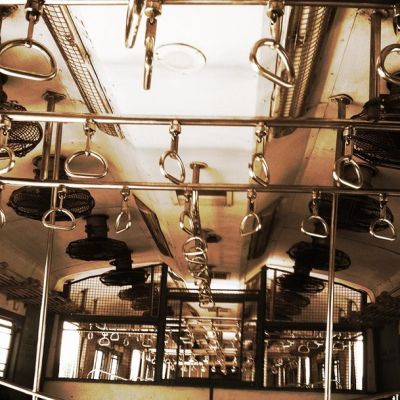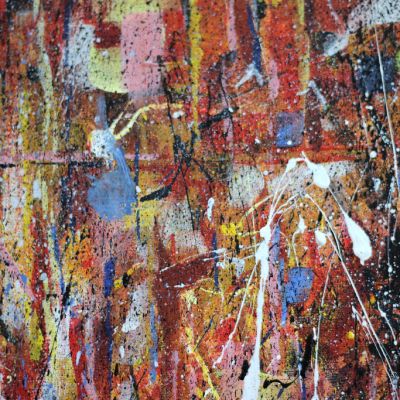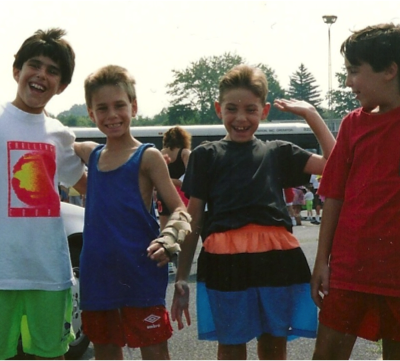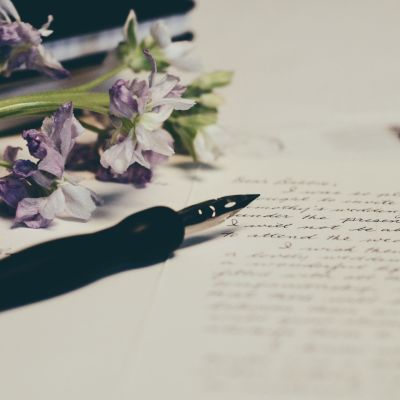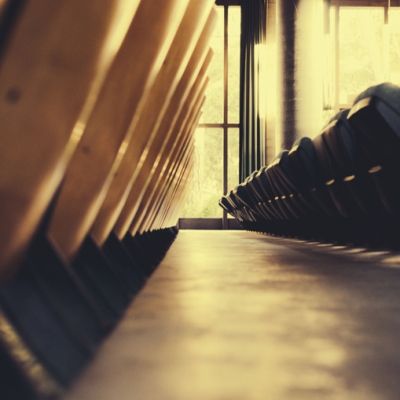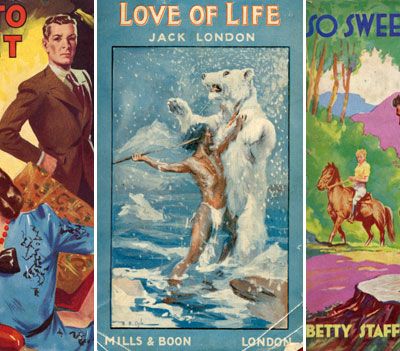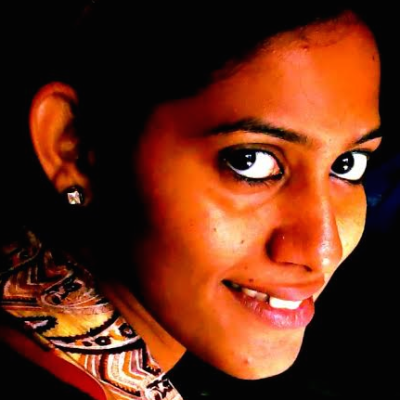The I Column
This post is part of TARSHI’s #TalkSexuality campaign on Comprehensive Sexuality Education in collaboration with Youth Ki Awaaz. The author chose to remain anonymous. Menstruation was…
I just celebrated my twenty years in India last October and designed a performance for the occasion: ‘What is dance?’…
There has been so much discourse about sex and sexuality education all over the world that I perhaps may not…
It took me some time to realise how important being vulnerable or, for that matter, being vulnerable during sexual engagement was for me to have great sex and how empowering it is for my sexuality. After much thought, I decided to open up to my partner about my past experiences and other things I never used to openly talk about.
The point is simple. Intimacy is not about sexuality, penetrative sex, gender, BDSM or any one parameter. Yet, intimacy is about all of them AND MORE.
They say the world is a book and those who do not travel only read a page. I had a very un-travel-ish childhood. Like every other middle-class Indian family, my parents did not believe in travelling or even holidaying for that matter. The only vacation we used to take as an annual trip was to visit my maternal grandparents who thankfully lived in Dehradun – away from bad and polluted Delhi (my hometown).
I don’t know if travelling has changed my life, but I can definitely say that it has altered my thought process for the better. Especially, solo travelling has given me a lot of courage and determination to do things I had thought I’d be unable to do.
In addition to healing from sexual trauma, which took a lot of work, the most joyful part of this journey has been a discovery of my own sexuality.
I consider my daily travel a theatre project, far from the real me: I cover myself from head to toe and wear sunglasses double the size of my face. Why? Because most of the male passengers look at all the women in the compartment as if this is something they get for free along with their ticket.
Why do we always assume that violence is done to us by someone else and not that we do it to ourselves quite easily and then have a million explanations to justify why we do not eat, why we use Fair and Lovely face cream, why we spend hours in the gym under duress, and why we focus incessantly on how much one has gained or lost in kilos and not in a metaphysical sense?
When I finally came out to myself at age 16 and made it to a free queer youth space, I couldn’t wait to be accepted among folks who didn’t play by society’s heterosexist rules of masculine and feminine as polar opposites.
‘Is the future so dark?’ you might ask. I am here to tell you that it is not. As you begin your exploration into the world of queer theory and feminist theory, you will learn that the straightjacket version of sexuality cooked by our families was undercooked.
No one ever really talks about how queer people in STEM fields navigate hostile spaces. ‘STEM’ stands for ‘Science, Technology, Engineering, Math’. We Indians, of course, are well aware of what these fields entail because our parents, neighbours and teachers often push us towards them. Pursuing a career in the humanities/arts means deviating from the norm, so it makes sense that sexualities and gender identities which are considered ‘deviant’ often flourish in these fields.
Each time I would look into the mirror, I would see the love handles bulging through my shirt and cringe inwardly. Mills and Boon had convinced me that my body was not loveable like that of the thin, beautiful protagonists, and thus, there would no knights coming for me on horses, now or later.
I am a 26-year-old woman. Is there anything extraordinary about it? Maybe not. But there is certainly something extraordinary in…

